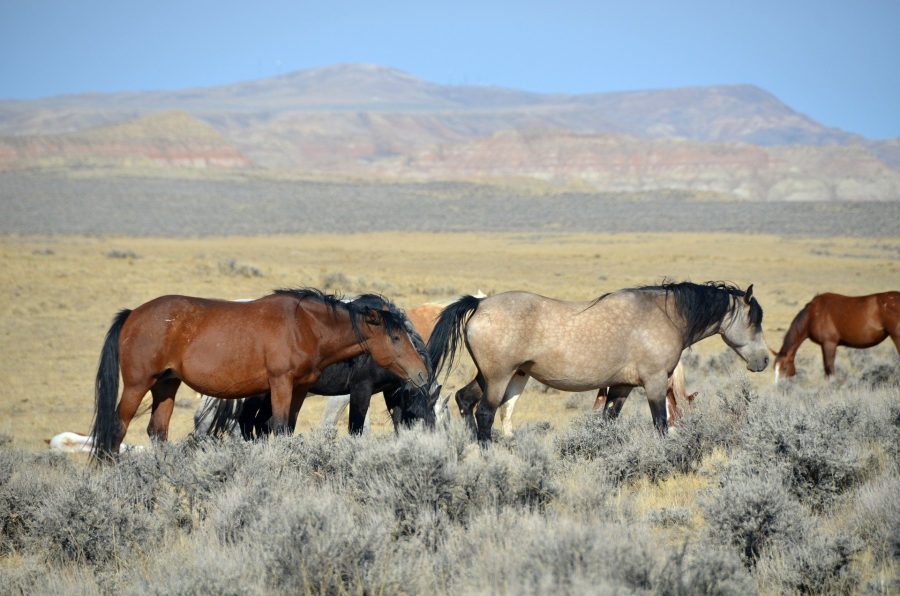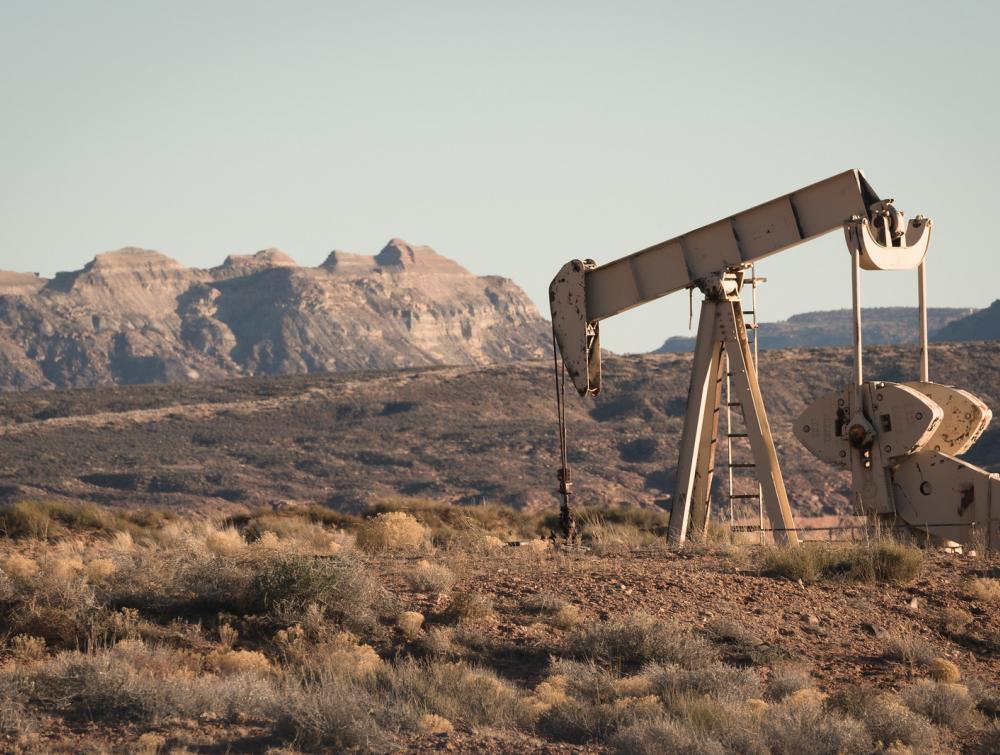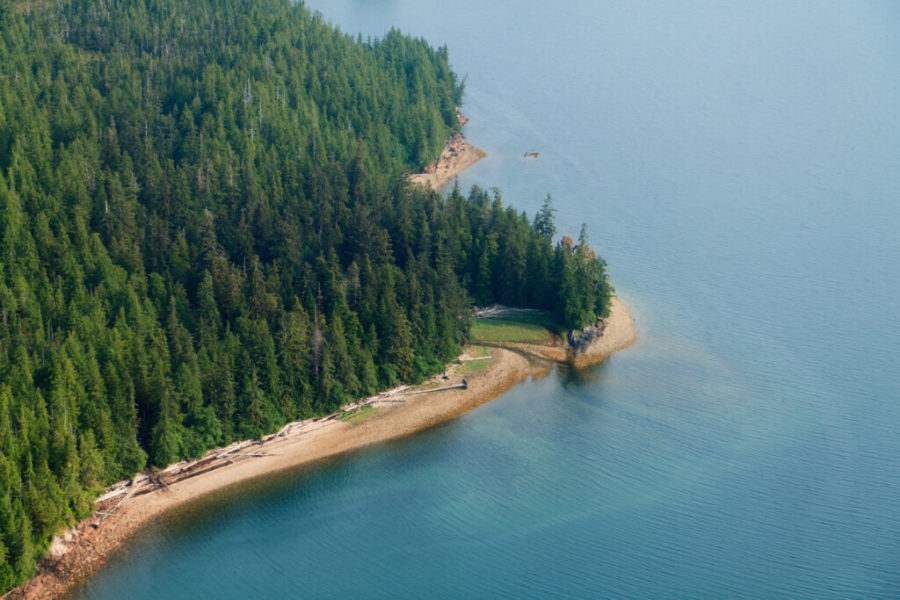The state of Alaska’s 2018 request to exempt Tongass National Forest from environmental protections has cleared a major step in its evaluation process.[1] The U. S. Forest Service released a study indicating that loosening protections would not have significant impacts on Tongass, though environmental advocates are skeptical of its conclusions.[2] The Service’s Final Environmental Impact Statement considered several alternatives, but ultimately recommended a full exemption to the Roadless Rule for Tongass.[3]
Seeking Exemption to the Roadless Rule, a Clinton-Era Protection of National Forests
National Forest System lands are protected by the 2001 Roadless Rule, which “establishes prohibitions on road construction, road reconstruction, and timber harvesting on 58.5 million acres” of public land.[4] After weighing national policy concerns against giving discretion to local decisionmakers, the final rule was adopted in 2001 with the intention of providing lasting protection.[5] It concluded that local exemptions to nationwide protections could have significant negative impacts on lands subject to roadless protections.[6] The rule therefore opted for complete protection of 58.5 million acres of “roadless” areas, comprising just two percent of the United States’ continental landmass.[7] Successive Alaskan administrations, however, have pushed for Roadless Rule exemptions, and the current proposal would open 9 million of Tongass’ 16 million acres to commercial activity.[8]
Read More







